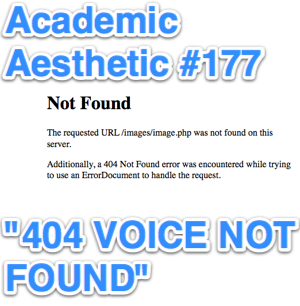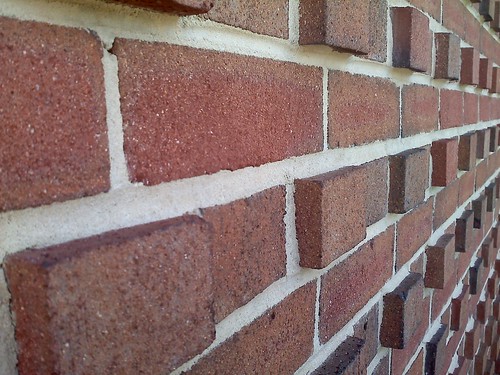
Want to know a secret? A deep, dark secret that I’ve kept off this blog for over a year now? One that will shock you?
Well, too bad. I’m going to tell you anyway.
Ready?
Here I go …
I’m not a part of my school’s Art Department.
Yeah, that shocks me, too. Here’s a guy whose screen name on an umptillion of Web 2.0 sites is “The Art Guy,” who may or may not have been the first art teacher podcaster (at the time I started I couldn’t find another one … that’s far from the case now of course), who isn’t even a part of his own school’s Art Department.
How’d THAT happen?
It’s a bureaucratic issue, to be honest. I teach in a computer lab in a K-8 Arts Academy. If it was a high school, I’d be a Computer Graphics teacher. Unfortunately there is no course number for such a class in middle school, let alone elementary.
Instead, I teach a class called Technology Concepts. It’s a fun class to teach, if you’re as geeky as I am, but it’s not inherently an art course. Therefore, I have no reason (on paper, at least), to be a part of the Art Department. Instead, I’m a part of the Enrichment Department.
It’s not so bad…
I recently was chatting online with a former coworker from a previous school, and she lamented my change of departments.
“I’m so sorry,” she said, “You’re far too talented to not be teaching art!”
At that point I puffed out my chest and my head swelled with pride – and not just because she said I had talent.
“Oh, I’m still teaching art. Do you honestly think I could stop teaching art if I tried?”
Of course she could not.
I’m an art teacher. I teach art.
Your definitions may vary, but in my book, ART is anything that involves creativity. I don’t care if it’s a painting, story, play, song, dance, or video game. An ARTIST is anyone who creates art, and an ART TEACHER is anyone who teaches students how to be artists.
I’m a teacher at a Creative & Performing Arts Academy. Whatever subject is taught by any teacher, they had darned well better be teaching art as well or they don’t belong there.
Math is art.
Science is art.
Social studies is art.
Reading/Language Arts is art to the point that the R/LA Department should be part of the Art Department as well!
Conclusion
Does it sting a bit to know I’m not part of a department named for my degree and certification? Yes, yes it does. But it doesn’t change what I teach.
Art is universal. Only the styles and media change.
And I’m an art teacher.
 This episode of Academic Aesthetic is brought to you by antibiotics and cough drops. You see, early last week a combination of lots of talking (occupational hazard of teaching), and post nasal drip caused by a sinus infection made me lose my voice. It’s better now, but can only talk so long before my agonized squeaks become a source of amusement for all around me.
This episode of Academic Aesthetic is brought to you by antibiotics and cough drops. You see, early last week a combination of lots of talking (occupational hazard of teaching), and post nasal drip caused by a sinus infection made me lose my voice. It’s better now, but can only talk so long before my agonized squeaks become a source of amusement for all around me.




